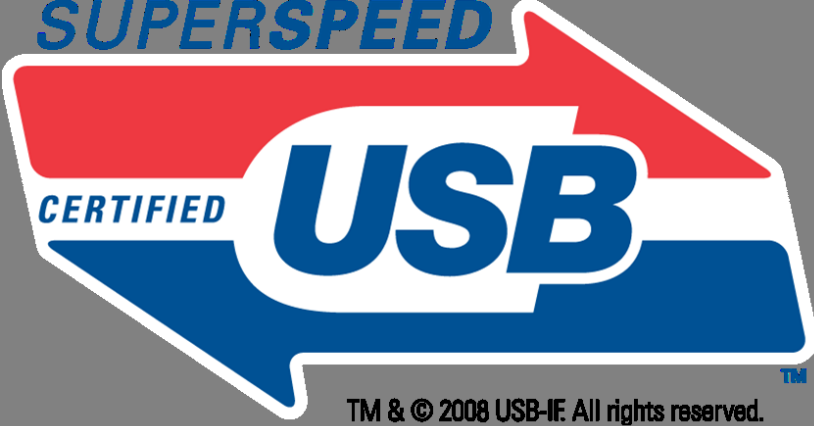Three External (And Fast) USB 3.0 Drives Compared
The first USB 3.0-based external hard drives aim at eliminating the USB 2.0 bottleneck (that hovered around 30 MB/s) with enough bandwidth to outperform the fastest mechanical disks. A-Data, Buffalo, and WD do battle for maximum performance.
Conclusion
The three drives we're looking at represent some of the first USB 3.0 products. There will be many more in the following months, flooding the market with drives all claiming to be fastest. Our three products deliver great performance compared to USB 2.0 solutions, reaching at least twice the throughput as prior-generation products. If we judge only by generational progress, then all three drives can be recommended. They behave and perform very much like an internal hard drive.
However, significant differences between these drives remain, so it’s important to know exactly what you need before making a decision. WD’s MyBook 3.0 drive is hard to compare against the A-Data and Buffalo drives since it’s based on a 1 TB, 3.5” drive and the two others use 500 GB, 2.5” drives. As a result, WD beats the 2.5” drives in almost all performance benchmarks at the expense of portability. Users looking for stationary external storage will get maximum throughput and capacity from WD’s lineup. Since our MyBook 3.0 kit included a PCI Express USB 3.0 adapter, users with fairly modern PCs get a complete solution here.
The two other drives differ in performance. A-Data’s Nobility NH01 drive delivers noticeably higher throughput, most likely because of a faster internal hard drive. In exchange, Buffalo bundles a few pieces of software with its MiniStation Lite USB 3.0. A-Data remains faster, despite Buffalo’s software optimization. Our benchmarks list test results without additional software in order to maintain a level playing field.
In the end, WD has the first retail USB 3.0 external storage product and provides great performance comparable to SATA/eSATA storage. In the portable offerings, price should probably be the deciding factor for mainstream users. Enthusiasts looking for high-speed portable drives will want the A-Data Nobility NH01 for its higher performance. It's unfortunate, then, that A-Data hasn't seen fit to make the drive available yet in North America.
Get Tom's Hardware's best news and in-depth reviews, straight to your inbox.
Current page: Conclusion
Prev Page Benchmark Results: Copy And Combined Read/Write Testing